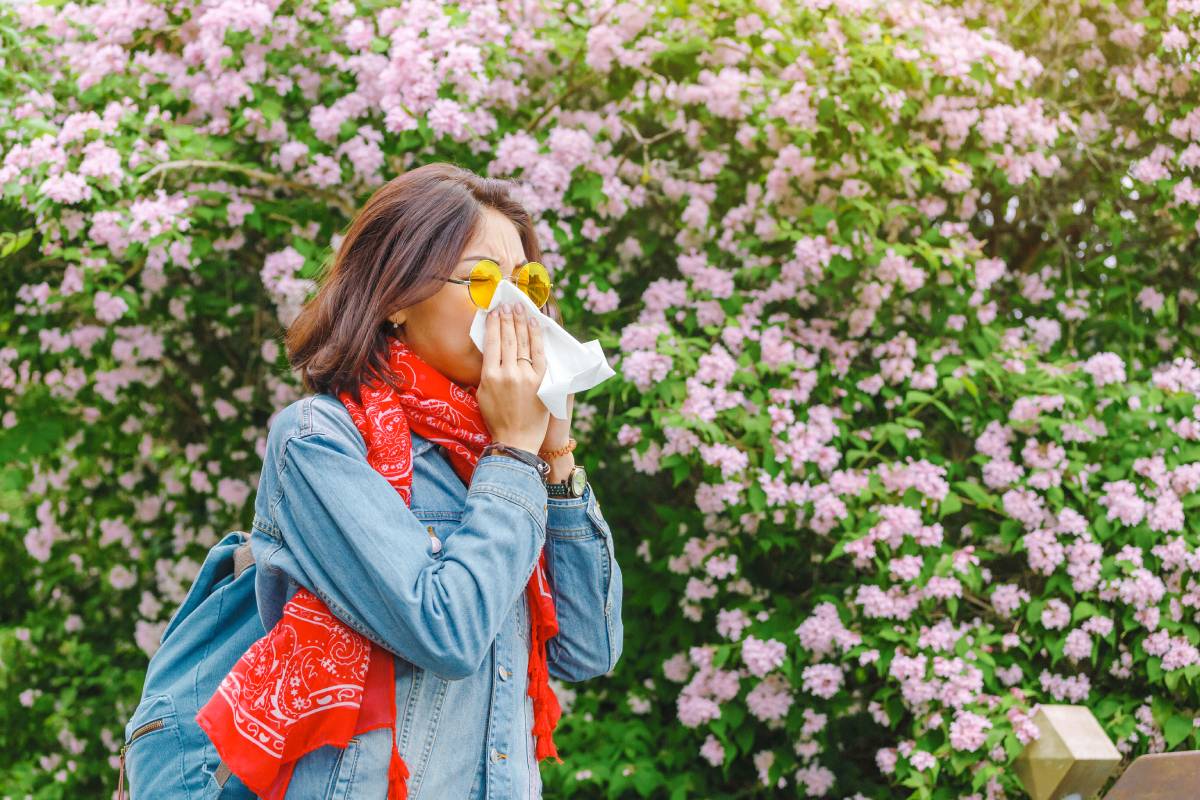Fall vs. Spring Allergies
Allergies are a common seasonal issue that affect millions of people worldwide. While many associate allergies primarily with the spring, fall allergies can be just as troublesome. Both seasons bring specific allergens that can trigger symptoms such as sneezing, runny nose, itchy eyes, and congestion.
Spring allergies are predominantly triggered by pollen. As trees, grasses, and flowers begin to bloom in warming weather, they release large amounts of pollen into the air. Common culprits include trees like oak, birch, maple, and various grasses. Pollen levels typically peak in the morning and on dry, windy days when pollen is easily dispersed through the air.
For those with pollen allergies, springtime can be particularly challenging. Pollen grains are small and lightweight, allowing them to travel long distances and penetrate deep into the respiratory system. When an allergic person inhales pollen, their immune system mistakenly identifies it as a harmful substance, triggering a cascade of symptoms. This condition, commonly known as hay fever or allergic rhinitis, can significantly affect daily life, leading to fatigue and decreased productivity 1–3.
Fall allergies are primarily caused by ragweed pollen, mold, and dust mites. Ragweed is a resilient plant that grows abundantly in many regions, and it produces a significant amount of pollen from late summer into the fall. Ragweed pollen can travel hundreds of miles in the air, making it difficult to escape, even in urban areas.
Mold is another common allergen in the fall, especially in damp and decaying leaves, soil, and compost piles. As temperatures cool and humidity levels rise, mold spores proliferate, becoming airborne and triggering allergic reactions. Dust mites, although present year-round, tend to become more problematic in the fall when homes are closed up and heating systems are turned on, stirring up dust and allergens trapped inside 4,5.
Tree and grass pollen are the main spring allergens, while ragweed pollen, mold, and dust mites are the primary fall allergens. Spring allergies often cause more upper respiratory symptoms, such as sneezing, itchy eyes, and a runny nose while fall allergies can lead to more lower respiratory symptoms, as well as trigger indoor allergies as people spend more time inside with closed windows, increasing exposure to dust mites and mold 6,7.
Regardless of the season, managing allergies effectively requires a combination of strategies. First, limiting exposure to allergens is crucial. During peak pollen seasons, keep windows closed and use air conditioning with a clean filter. For mold, regularly clean and dry areas prone to dampness, such as basements and bathrooms 8.
Second, environmental control measures can be taken. For example, individuals can use high-efficiency particulate air (HEPA) filters to reduce airborne allergens in the home. Regularly washing bedding and vacuuming with a HEPA filter vacuum cleaner can also minimize exposure to dust mites 9.
Finally, over-the-counter antihistamines, decongestants, and nasal corticosteroids can help alleviate symptoms. For more severe cases, a doctor may prescribe stronger medications or recommend allergy shots (immunotherapy) to build tolerance to specific allergens 10.
Both fall and spring allergies present unique challenges, but understanding their causes and symptoms can help sufferers manage their condition more effectively. Whether dealing with pollen in the spring or ragweed and mold in the fall, taking proactive steps can reduce the impact of seasonal allergies and improve overall quality of life.
References
1. The Spring Allergy: What Causes Sneezing and Runny Eyes. Available at: https://www.webmd.com/allergies/spring-allergies.
2. Spring allergies: Causes, management, and home remedies. Available at: https://www.medicalnewstoday.com/articles/spring-allergies.
3. Allergic Rhinitis (Hay Fever): Symptoms & Treatment. Available at: https://my.clevelandclinic.org/health/diseases/8622-allergic-rhinitis-hay-fever.
4. Fall Allergies: Symptoms and 8 Causes. Available at: https://health.clevelandclinic.org/remedies-for-fall-allergies.
5. Fall Allergies. Available at: https://www.webmd.com/allergies/fall-allergy-relief.
6. Fall vs. spring allergies: What is the difference? Available at: https://www.medicalnewstoday.com/articles/fall-allergies-vs-spring#symptoms.
7. The Difference Between Spring and Fall Allergies – Coastal Ear, Nose & Throat. Available at: https://coastal-ent.com/posts/allergies/the-difference-between-spring-and-fall-allergies/.
8. What triggers seasonal allergies? | NIH MedlinePlus Magazine. Available at: https://magazine.medlineplus.gov/article/what-triggers-seasonal-allergies.
9. The 8 Best Air Purifiers for Allergies of 2024. Available at: https://www.verywellhealth.com/best-air-purifiers-for-allergies-4170072.
10. Seasonal Allergies (Allergic Rhinitis) > Fact Sheets > Yale Medicine. Available at: https://www.yalemedicine.org/conditions/seasonal-allergies.

